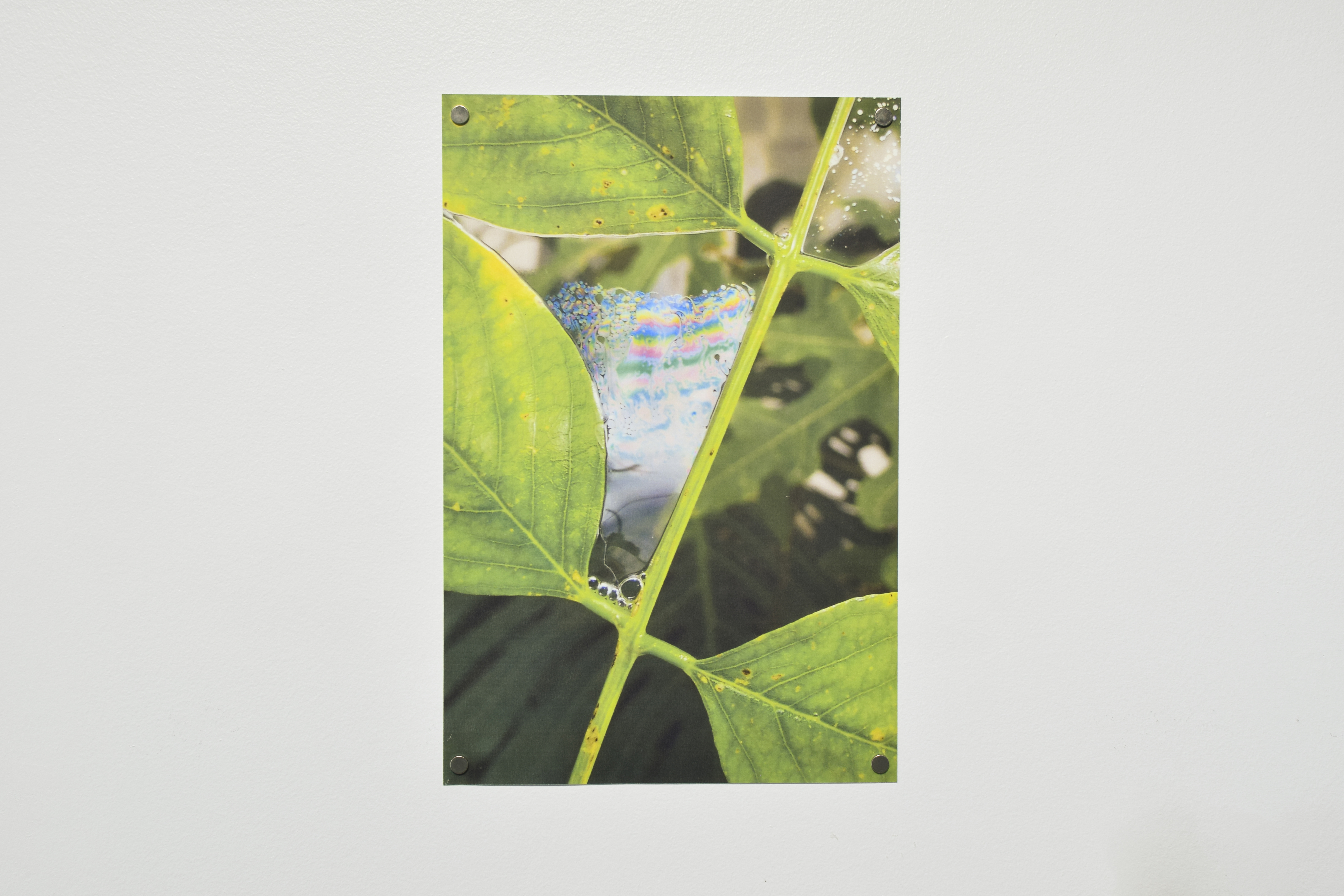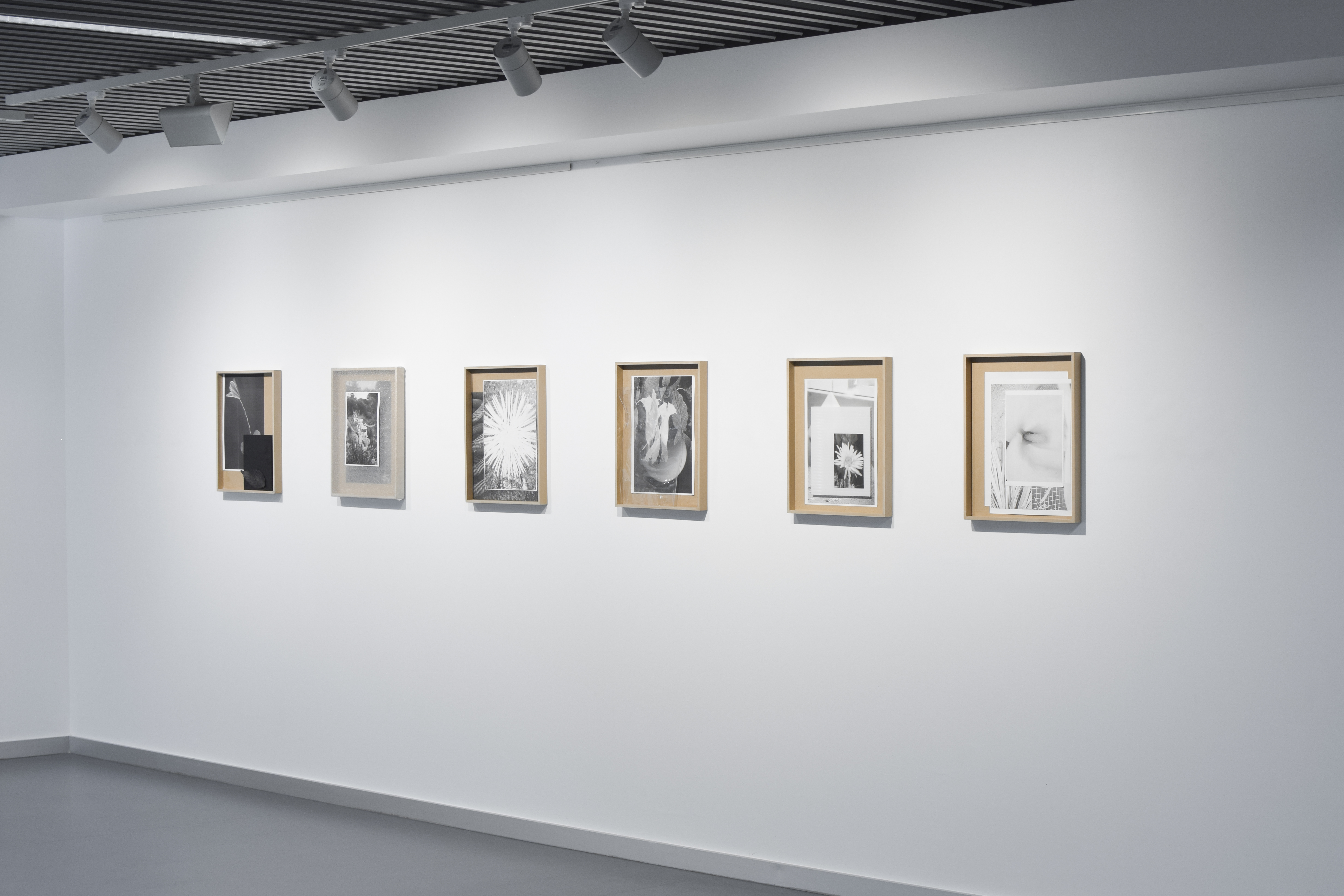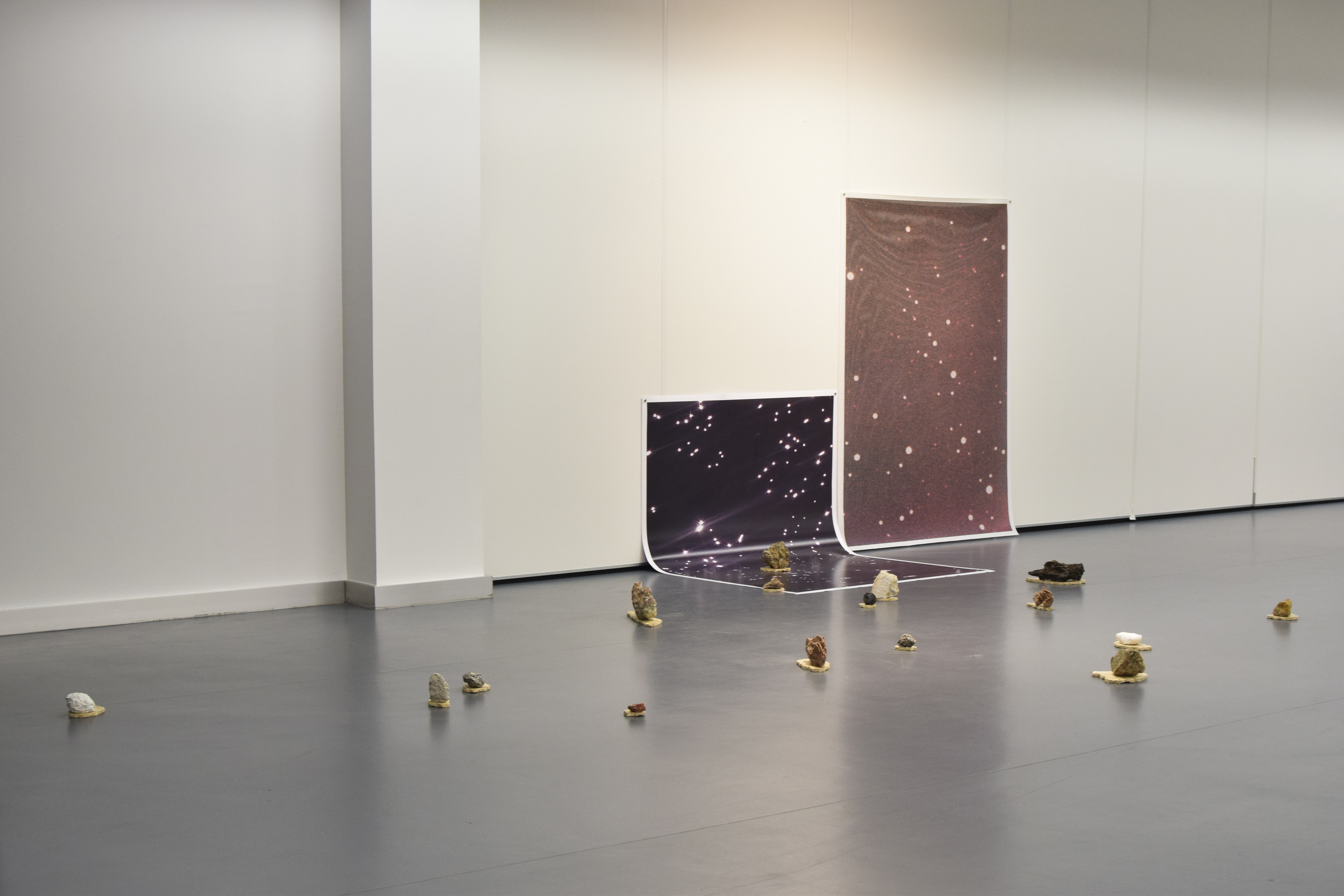LA NATURALEZA DE LAS COSAS (CAP. 1)
JUNTO CON CRIS BARTUAL, L’ESPAI, TORRENT 2022
![]()
![]()
![]()
![]()
![]()
![]()
![]()
![]()
![]()
![]()
Decía Herny David Thoreau que todas las cosas buenas son salvajes y libres. A Thoreau le encantaba pasear por la naturaleza. Bueno, decir que le encantaba es quedarse corto. En Caminar llega a decir que no podría conservar la salud y el ánimo sin dedicar al menos cuatro horas diarias a andar. Muy probablemente los artistas Cris Bartual y Miquel Ponce no necesitan caminar tanto, no obstante su visión de la naturaleza cotidiana y su relación con lo humano es igual de profunda que la de este excéntrico estadounidense.
Esta exposición constituye un constante juego entre la relación de lo artificial con lo natural. Trata de cómo dependemos de la naturaleza, sí, pero también de cómo influimos en ella, como la afectamos, cómo la conquistamos y cómo nos reconquista con el debido tiempo. Uno simplemente puede ver La vida sin nosotros y darse cuenta de que más allá de la Presa Hoover, los residuos radiactivos y las bolsas de plástico, poca huella permanente vamos a dejar antes de que nuestras estructuras se llenen de flores.
Y de flores va el asunto, por lo menos al principio. De flores y de imágenes de flores, “esto no es una pipa” se dijo en los años veinte, “esto no es una flor” podríamos decir en los años veinte. Al igual que los humanos intervenimos en la naturaleza y la naturaleza en nosotros, estos artistas intervienen las imágenes que crean, con modificación tras modificación. De la flor silvestre a la imagen de la flor silvestre, y de ésta, a la imagen de la flor silvestre tratada, modificada, superpuesta y expuesta en múltiples formatos. Un blanco y negro con encuadres imposibles que podría ser obra de Maya Deren. Un juego de espejos en toda regla, uno que nos desorienta y nos hipnotiza, pero que también nos acerca extrañamente al sujeto retratado.
De cercanía también va el asunto, de eso y de lo lejano e inalcanzable. Aquí los límites se desdibujan, una piedra mundana, de las que vemos todos los días y a las que no prestamos atención, se convierte en una roca lunar o incluso en un fragmento del cinturón de Kuiper, mientras que estrellas a un googolplex de distancia y de tamaño inimaginable parecen meros reflejos en el agua. Lo táctil está tan presente que parece que podamos tocar el cosmos y bañarnos en las constelaciones. De hecho bañarnos no, pero tocar el cinturón de asteroides sí que podemos gracias a las constelaciones de rocas situadas en el suelo, tan cerca de nuestra mano como lejanas parecen; una realidad que permanece oculta hasta que uno se fija.
-
Henry David Thoreau once said that all good things are wild and free. Thoreau loved to wander in nature. Well, saying he loved it would be an understatement. In "Walking," he goes as far as to say that he couldn't maintain his health and spirits without dedicating at least four hours a day to walking. Most likely, artists Cris Bartual and Miquel Ponce don't need to walk that much. Nevertheless, their perspective on everyday nature and their relationship with humanity are just as profound as that of this eccentric American.
This exhibition represents a constant interplay between the relationship of the artificial with the natural. It deals with how we depend on nature, yes, but also how we influence it, how we affect it, how we conquer it, and how it reclaims us in due time. One can simply look at "Life Without Us" and realize that beyond the Hoover Dam, radioactive waste, and plastic bags, we will leave very little permanent trace before our structures are overrun by flowers. And flowers are the subject, at least initially. Flowers and images of flowers, "This is not a pipe" was said in the twenties, "This is not a flower" we could say in the twenties. Just as humans intervene in nature and nature in us, these artists intervene in the images they create, with modification after modification. From the wildflower to the image of the treated, modified, superimposed wildflower exposed in multiple formats. Black and white with impossible frames that could be the work of Maya Deren. A game of mirrors in full force, one that disorients and hypnotizes us, but also strangely brings us closer to the subject portrayed. Closeness is also the issue, along with the distant and unattainable. Here, boundaries blur, a mundane stone we see every day and pay no attention to becomes a lunar rock or even a fragment of the Kuiper Belt, while stars at a googolplex distance and unimaginable size appear as mere reflections in the water. The tactile is so present that it seems we can touch the cosmos and bathe in the constellations. Well, maybe not bathe, but we can touch the asteroid belt thanks to the rock constellations on the ground, as close to our hand as they seem distant; a reality hidden until one takes notice.
Excerpt from Albert Alcañiz's text.









